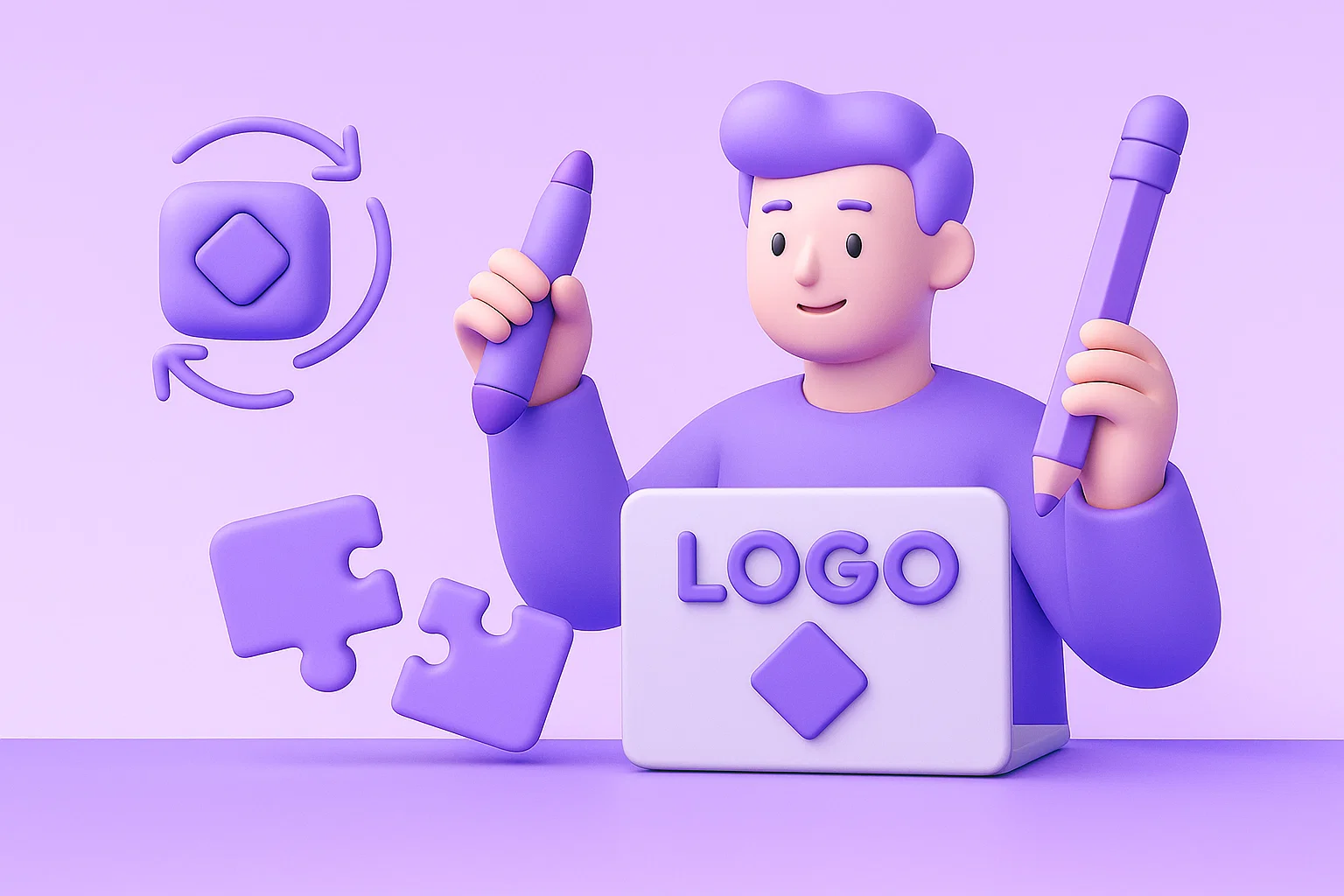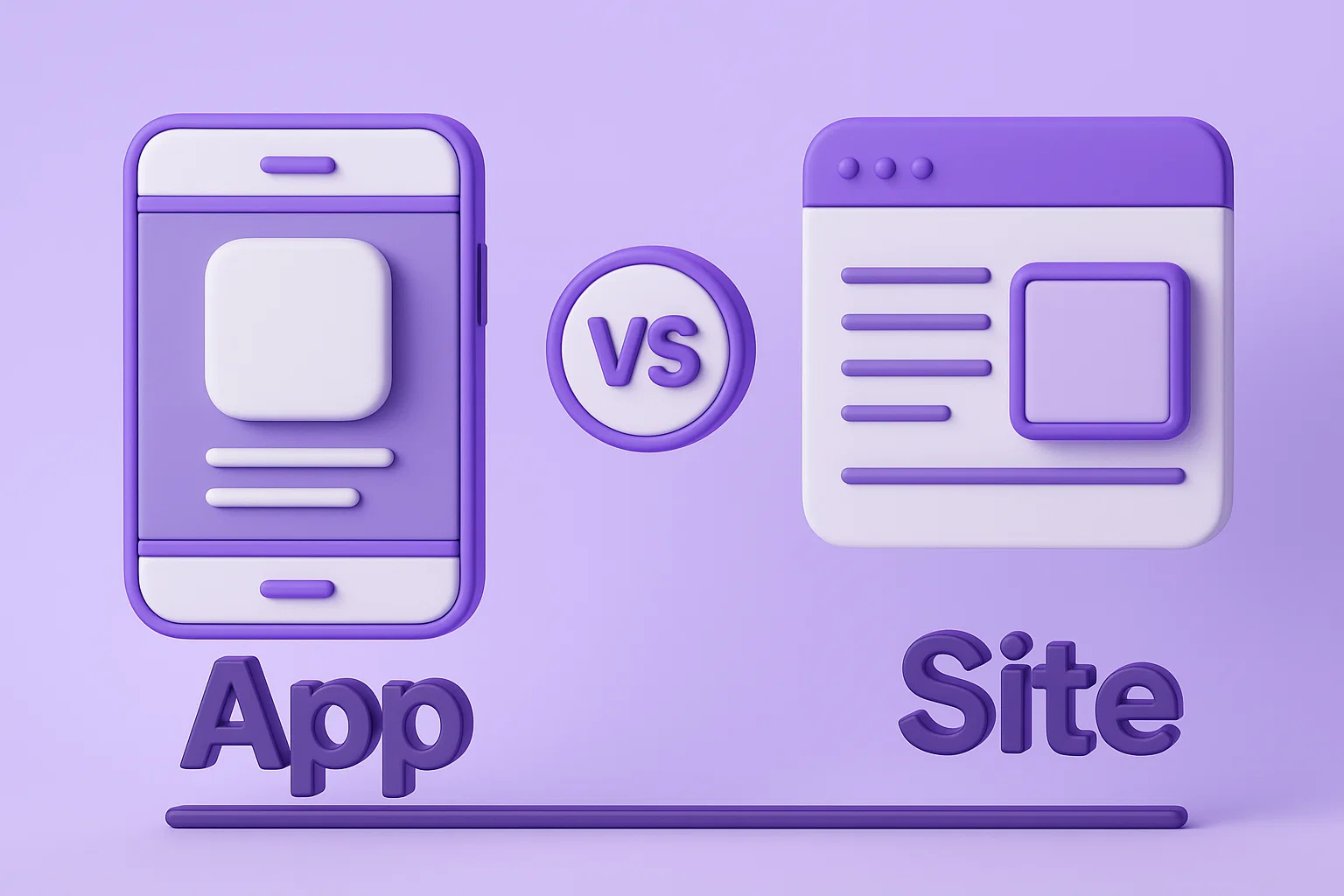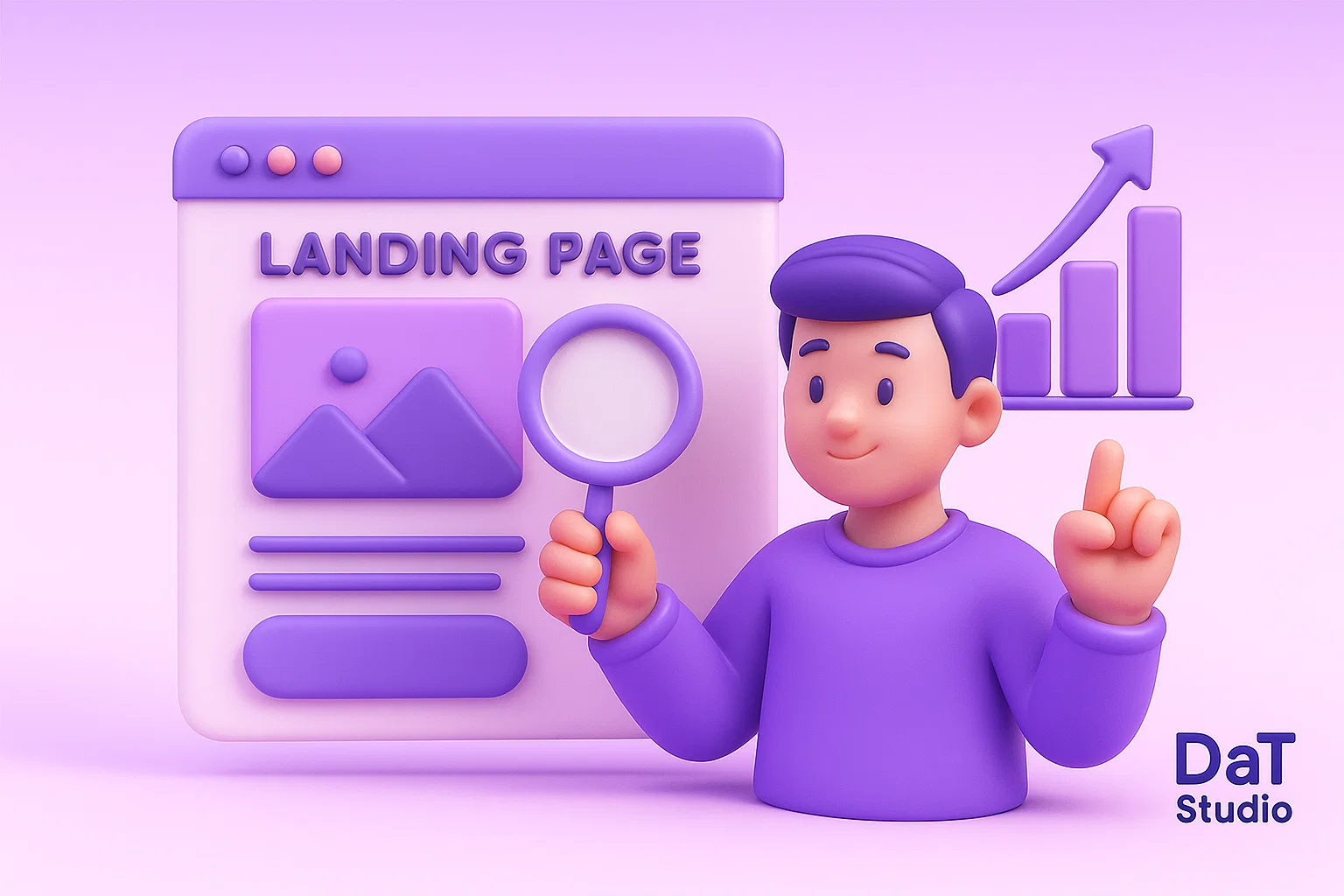How to write a technical specification (TS) that any developer will understand?
Imagine: you have an idea for an IT product that’s going to disrupt the market. You're full of enthusiasm, find a development team, but on the very first call you hear the question: “Do you have a technical specification?” For many, this becomes a cold shower. It seems like a complex bureaucratic document that only wastes time.
At DaT Studio, we believe that a well-written technical specification (TS) is not a barrier, but the foundation of success. It’s a roadmap that saves your money, time, and nerves. It’s a common language between you and the development team. We don’t just write code based on a TS — we help create it, because this is where the deep dive into your project begins.
In this guide, we’ll explain in simple terms how to create a TS that any developer will understand — and that will ensure a predictable outcome.
What is a TS and why can't you start without it?
A technical specification (TS) is a document that describes all requirements for the future product in detail — from business goals to button colors. It’s not just a formality, but a working tool that:
- Captures your expectations. You know exactly what you’ll get in the end.
- Eliminates misunderstandings. Developers, designers, and managers see the task the same way.
- Allows for accurate estimates of time and budget. Without a clear TS, any estimate is just a shot in the dark.
- Protects you. If a feature described in the TS is missing from the final product, you have the right to demand its implementation.
Starting a project without a TS is like building a house without a blueprint. The result will be unpredictable, expensive, and likely not what you wanted.
Key TS sections you can't skip
A good TS answers three main questions: “What is it?”, “Who is it for?”, and “How does it work?”. Here’s the structure we use at DaT Studio to ensure full understanding of the task.
Section I. General Information (The Big Picture)
Here we describe the essence of the project. This is the introduction that sets the context.
- Project goals and objectives. What are we aiming to achieve? (Example: "Launch a marketplace for handmade ceramics, increasing direct sales by 30% in the first year").
- Target audience. Who will use the product? (Example: "Women aged 25–45 interested in interior design, and ceramic artists themselves").
- Terms and definitions. If the project includes specific jargon (e.g., "on-chain", "off-chain", "listing"), define it here.
Section II. Functional Requirements
The most extensive and important section. Here we describe all the system's features from the user’s point of view. The best way is to use User Stories.
- User Story formula: “As a <role>, I want to <action> so that <benefit>.”
- Example: “As a customer, I want to filter products by price and style so that I can quickly find what I need.”
Describe all roles (user, admin, moderator) and all key actions they can perform: registration, browsing the catalog, placing orders, managing content, etc.
And who will manage it? Don't forget about administration.
Great, we described the customer’s journey. But who will add those handmade ceramics to the marketplace and process orders? That’s the admin’s job, and their role must be described just as thoroughly.
Examples for admin:
- “As an admin, I want to manage the product catalog (add, edit, hide) so I can keep the assortment up to date.”
- “As an admin, I want to view all orders, change their statuses, and see customer contact information to efficiently process sales.”
- “As a moderator, I want to manage user reviews (approve or reject) to prevent spam and maintain healthy communication.”
Without detailed description of this part, you risk ending up with a beautiful storefront and no back office — a product that can’t be managed without constant developer involvement. That means extra costs and wasted time.
Section III. Non-Functional Requirements
If functional requirements describe “what” the system does, non-functional ones describe “how” it does it.
- Performance. How many users should the site handle at once? How fast should pages load? (Example: "The site should support 1000 concurrent sessions; key pages must load within 2 seconds").
- Security. Requirements for data protection, passwords, and payment information.
- Technology stack. If you have tech preferences (e.g., React for frontend, Node.js for backend), mention them here. If not — trust the team’s expertise. At DaT Studio, we choose the stack that best fits the project.
- Responsiveness. How the site or app should look on different devices (PCs, tablets, smartphones).
Section IV. Design and UI Requirements
The visual part is just as important.
- References. Attach 2–3 links to websites or apps you like. Explain what specifically appeals to you.
- Page structure (wireframes). A schematic layout of blocks on key pages. You can draw it by hand or use simple editors.
- Brand book. If you have a brand style (logo, colors, fonts), be sure to attach it.
“I don’t have time, I’m not an analyst!” What to do?
Don’t worry if you’re not an analyst — you’re an expert in your field. At DaT Studio, we take on all the technical and analytical work. The Technical specification development and business analysis service is the starting point for most of our projects: we conduct interviews and workshops to understand your idea, business processes, and goals. Then our analysts translate everything into tech language, design the product structure, and prepare a clear technical specification. In the end, you get an approved TS and a reliable partner helping you build a solution tailored to your real business needs.
Conclusion
Don’t fear the technical specification. See it as the first and most important step in creating a successful product. And if you don’t know where to begin — begin with us. We’ll help turn your idea into a clear action plan and guide it to brilliant implementation.
Other articles















